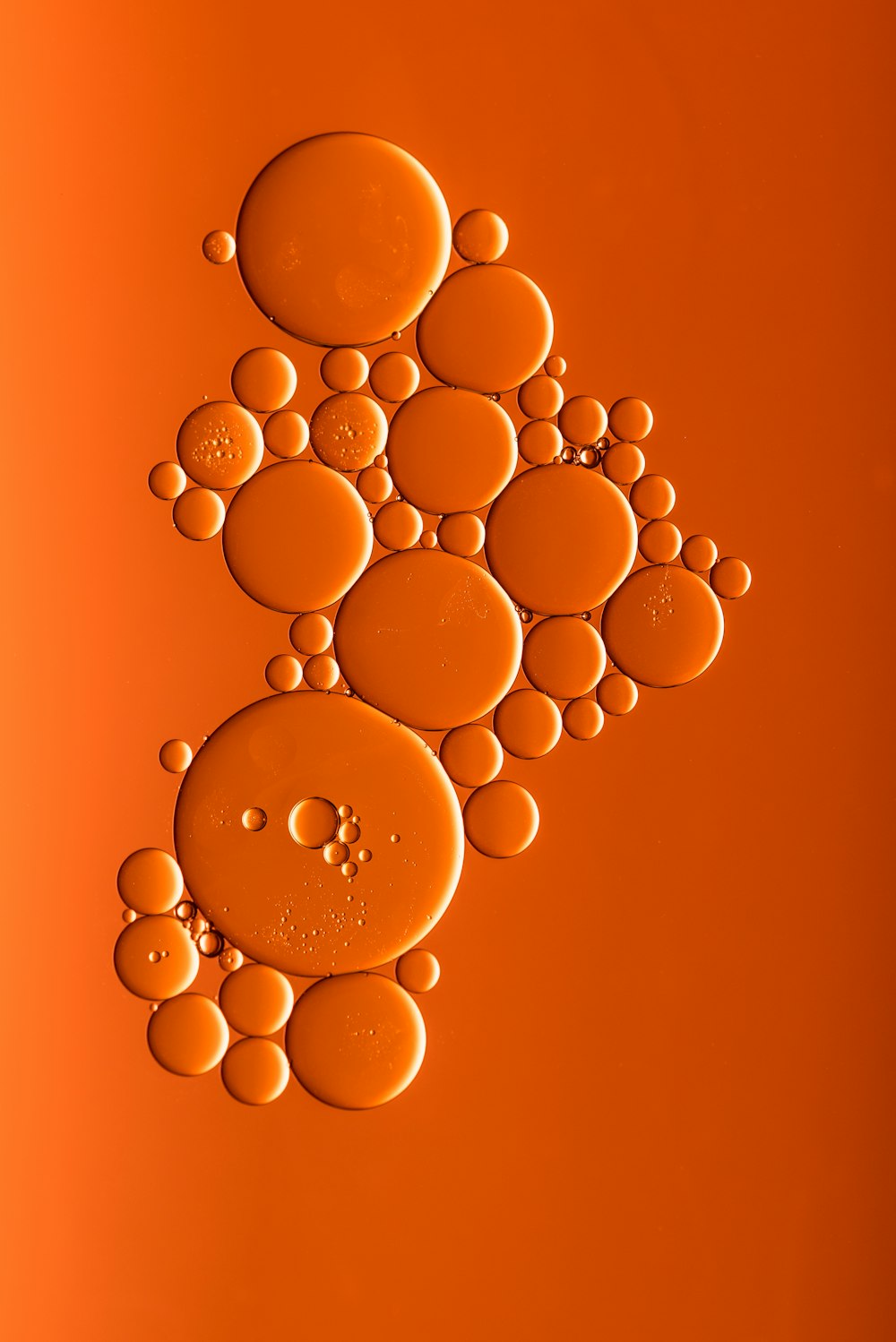Polar Molecule
A polar molecule is a particle-containing polar bond where the whole of all the bond’s dipole minutes isn’t zero. Polar bonds structure when there is a distinction between the electronegativity estimations of the iotas partaking in a bond. Polar particles additionally structure when the spatial course of action of compound bonds prompts progressively positive charge on one side of the atom than the other.
Definition of Polar Molecules
Water (H2O) is a polar particle. The bonds among hydrogen and oxygen are appropriated with the goal that the hydrogen particles are both on one side of the oxygen iota, instead of equitably separated. The oxygen side of the particle has a slight negative charge, while the side with the hydrogen iotas has a minor positive charge.
This is a significant idea because numerous regions of the body are either water dissolvable or fat solvent. A polar molecule is a water solvent. A non-polar atom is fat dissolvable. It’s essential to note here that all together for an answer for structure, the atoms must be either both polar or both non-polar.
For instance, water is a polar atom as is ethanol. When you blend water and ethanol, you see a homogeneous arrangement with the two particles in the arrangement, implying that the atoms similarly combine. Nonetheless, when you attempt to blend a polar and a non-polar atom, what occurs?
They don’t mix. For instance, water (a polar particle) doesn’t blend with oil (a non-polar atom). In this way, similar to atoms will combine with like particles. Attempting to recollect that ‘like blends with like’ will enable you to decide whether an answer will shape or not.
Ethanol is polar because the oxygen particles draw in electrons due to their higher electronegativity than different iotas in the atom. Along these lines, the – OH bunch in ethanol has a slight negative charge.
Smelling salts (NH3) is polar.
Sulfur dioxide (SO2) is polar.
Hydrogen sulfide (H2S) is polar.
Instances of Polar Molecules
Carbon dioxide is comprised of polar bonds. However, the dipole minutes offset one another and along these lines is certifiably not a polar atom.
To decide a particle’s extremity, first, ensure you have an intermittent table of components convenient (generally found in a science book). Decide every molecule’s electronegativity from the table. You can decide a non-polar particle promptly if the iotas in the atom have equivalent electronegativity.
A particle can likewise be non-polar if the structure of the molecules line up so that the external orbital electrons counterbalance electronegativity. In this way, you have to look at the state of the particle. By and large, V-formed and pyramid-moulded atoms are polar. Straight particles will, in general, be non-polar.
Water is polar as a result of the distinctions in the electronegativity among oxygen and hydrogen. Oxygen is profoundly negative in contrast with hydrogen.
The oxygen pulls in negative charges, making the region around the oxygen significantly more harmful than the region around the hydrogen. The hydrogen region (positive charges) makes the particle twist with the goal that the two hydrogen molecules in the water are on a similar side, pointing ceaselessly from the negative territory around the oxygen.
Glucose is another case of a polar particle as a result of how the oxygen iotas and hydrogen molecules are organised. Glucose has a hexagon shape made out of 6 carbon molecules, 12 hydrogen particles, and six oxygen iotas.
Foreseeing Polarity and Nonpolarity
Regardless of whether a particle is polar or nonpolar involves its geometry. If one part of the arrangement has a positive charge, while the opposite end has a negative charge, the particle is polar. Also, if a charge is equitably appropriate around a focal iota, the atom is nonpolar.
Solved Question For You
- They have similar charges on each end.
- Are symmetrical.
- They dissolve with Ionic compounds
- They dissolve with non-polar compounds







Leave a Reply